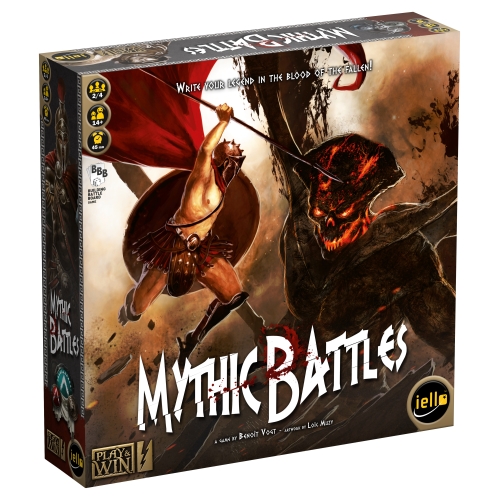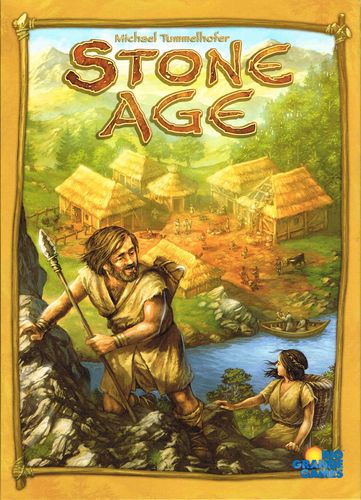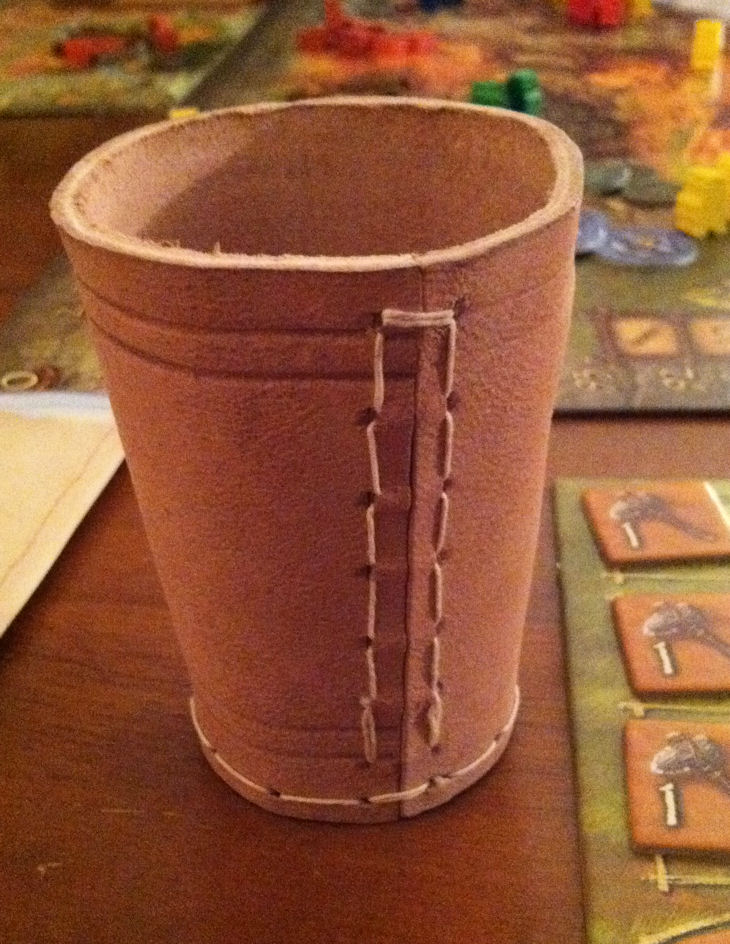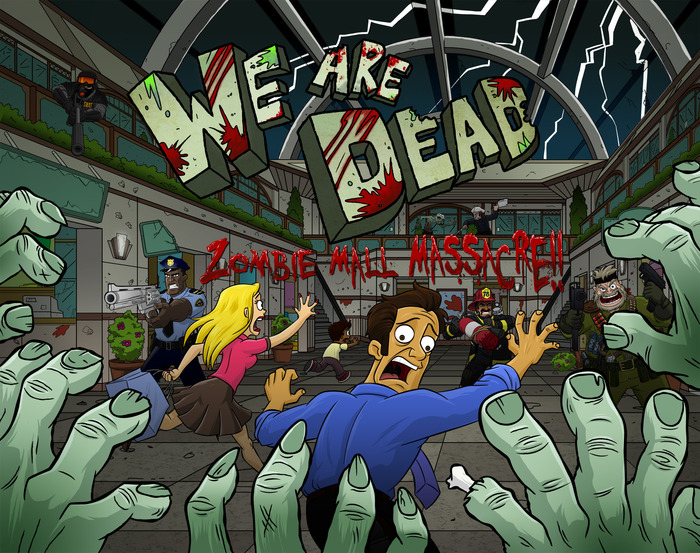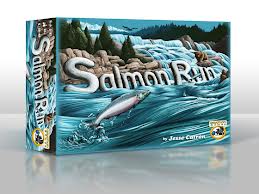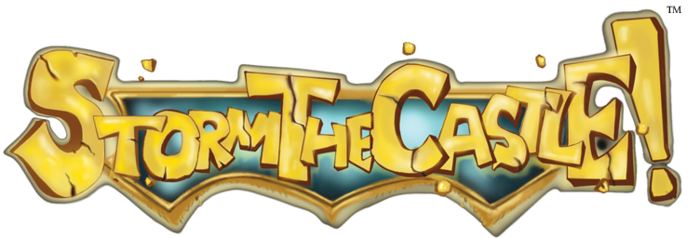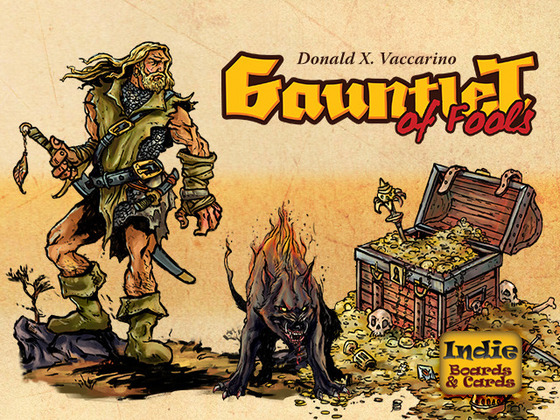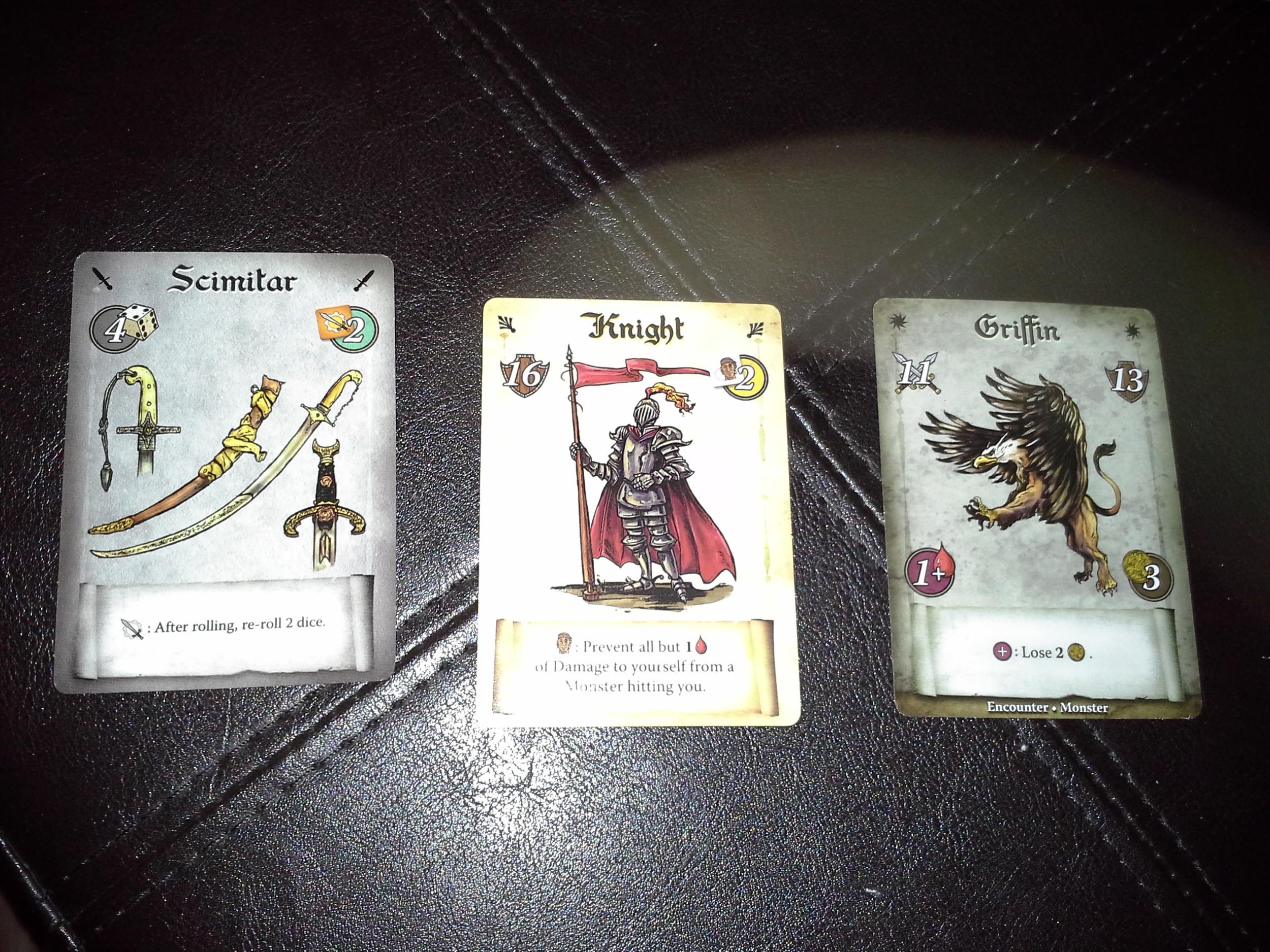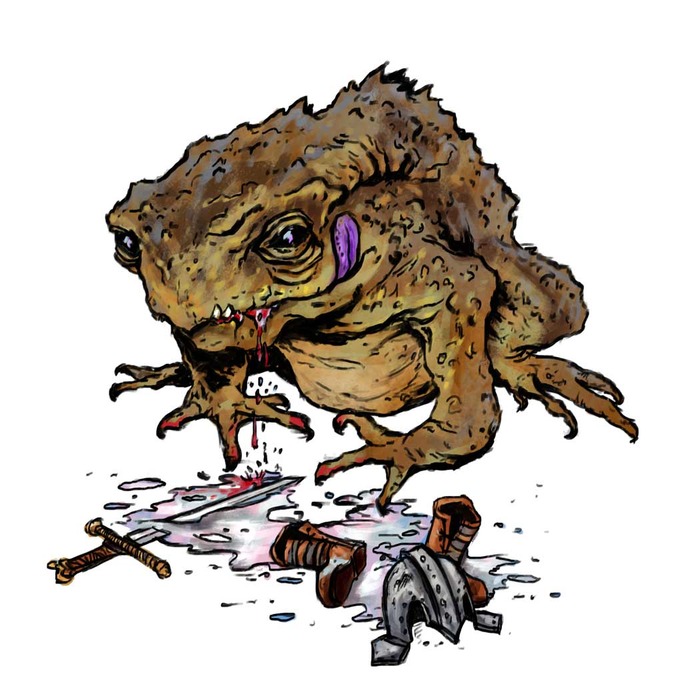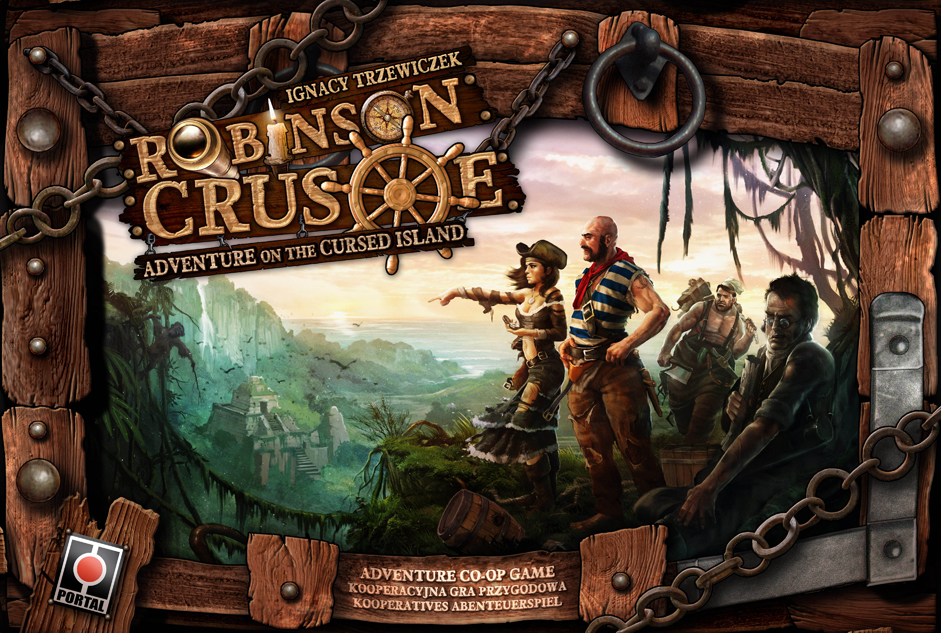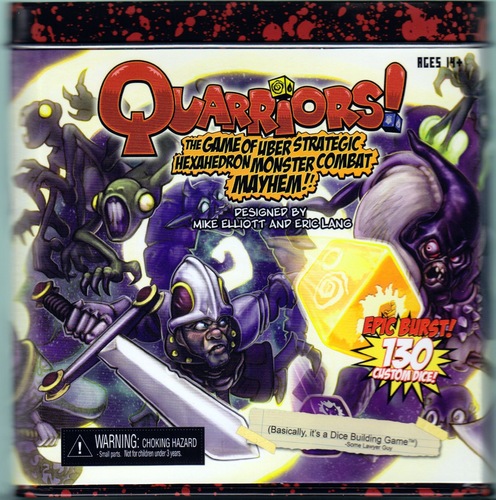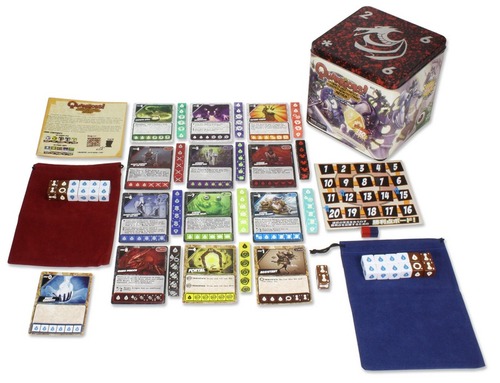Mayfair's Catan Junior—A Double-Take Review
/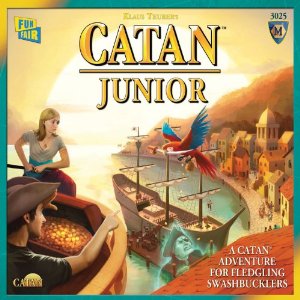 Well it's probably not a surprise to you that there were more than a few games found under the Christmas trees in our homes. We both ended up adding a copy of Mayfair's Catan Junior to our growing collection of kids/family games, so we thought there's no better time to post our thoughts in yet another Double-Take Review.
Let's be honest: If you're a gamer, you probably have friends who tell you how much they LOVE Settlers of Catan. Catan is to board gaming what Dark Side of the Moon is to Pink Floyd. Or Kleenex is to facial tissue. Or "Particle Man" is to They Might Be Giants. Or Coke is to Cola. Or, well...you get my point. Anyone who has had a close encounter with the geek level of gaming has played Settlers of Catan. It's not a bad thing; Catan has probably done more for board gaming than any other title since (gah!) Monopoly. So we won't go into much detail about the original version of the game; if you want to read about it, there are about seven million reviews, tutorials, and commentaries on the game scattered throughout the Internet.
Well it's probably not a surprise to you that there were more than a few games found under the Christmas trees in our homes. We both ended up adding a copy of Mayfair's Catan Junior to our growing collection of kids/family games, so we thought there's no better time to post our thoughts in yet another Double-Take Review.
Let's be honest: If you're a gamer, you probably have friends who tell you how much they LOVE Settlers of Catan. Catan is to board gaming what Dark Side of the Moon is to Pink Floyd. Or Kleenex is to facial tissue. Or "Particle Man" is to They Might Be Giants. Or Coke is to Cola. Or, well...you get my point. Anyone who has had a close encounter with the geek level of gaming has played Settlers of Catan. It's not a bad thing; Catan has probably done more for board gaming than any other title since (gah!) Monopoly. So we won't go into much detail about the original version of the game; if you want to read about it, there are about seven million reviews, tutorials, and commentaries on the game scattered throughout the Internet.
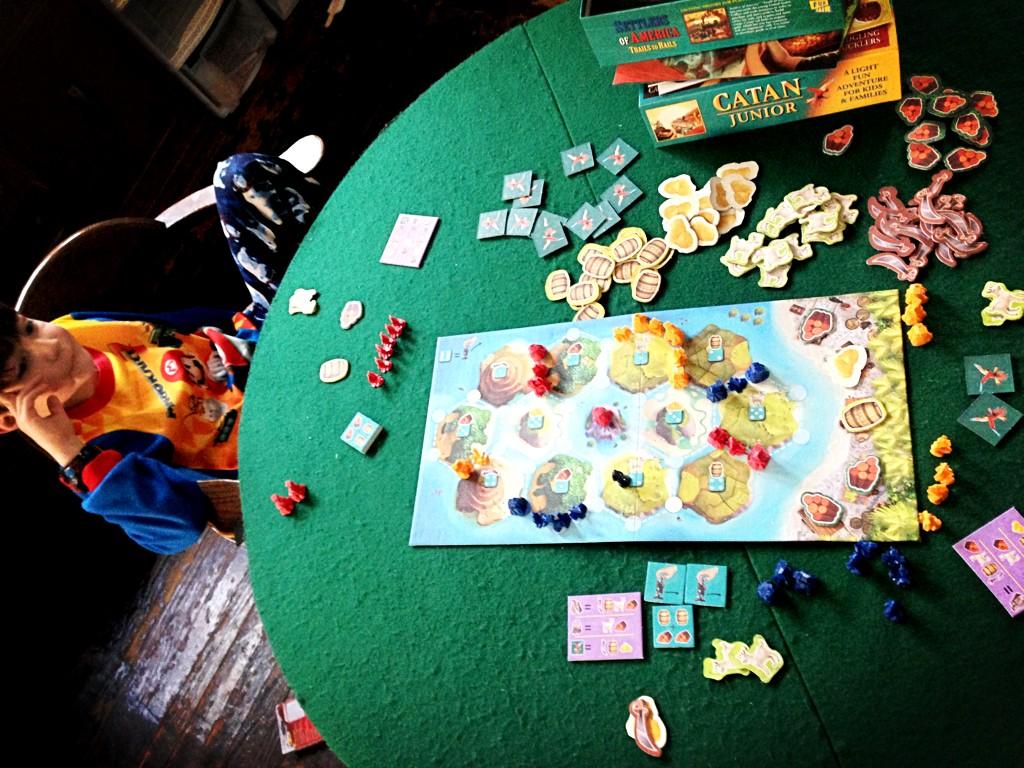 Catan Junior isn't just a simplifying of the already massive hit title. The rules are somewhat streamlined, for sure, but there is also a re-theming to the game. Instead of building settlements, cities and roads, players are now swashbuckling pirates, building pirate lairs (instead of settlements and cities), and pirate ships (instead of roads). The hexes are now represented by individual islands. You start with two lairs and one ship, and you can only build lairs next to ships, and ships next to lairs. The point of the game is to be the first to build seven lairs.
Catan Junior isn't just a simplifying of the already massive hit title. The rules are somewhat streamlined, for sure, but there is also a re-theming to the game. Instead of building settlements, cities and roads, players are now swashbuckling pirates, building pirate lairs (instead of settlements and cities), and pirate ships (instead of roads). The hexes are now represented by individual islands. You start with two lairs and one ship, and you can only build lairs next to ships, and ships next to lairs. The point of the game is to be the first to build seven lairs.
The trading has been changed to be a little more kid friendly. There is a marketplace on one end of the board, and one of each of the five resources (now Goats, Wood, Gold, Molasses, and Cutlasses) are placed at a booth in the marketplace. Players can trade 1:1 with those resources (only once per turn), or 2:1 for anything not in the marketplace—or for an advanced variant, you ditch the marketplace and trade with other players. And you can also purchase Coco Cards, which feature Coco the parrot on the back. These give you various free goods, or allow you a free move of the Ghost Pirate Captain (which we'll explain in a second), and one that allows you to build a lair or a ship for free! In addition to the great stuff you get, having the most Coco cards will allow you to build a lair on Spooky Island (which is the Desert in this retheme), putting you one closer to the seven lairs you need.
The thief has been replaced by the Ghost Pirate Captain (who starts on Spooky Island), and rolling a 6 (in this game there's a single d6) allows players to move the Ghost Captain to an island and take two resources of the type that matches the hex he was placed on. And like the thief he stops production from that hex until he's moved again.
Your turn consists of:
- Roll to produce goods on islands
- Trade
- Build
And that's it. They move along quickly, so there's little downtime.
Firestone—The components are great. The resources are big and chunky and perfect for my kids' little hands to grab. The ships and lairs are small, but they do the job. It's very colorful, and the pirate theme is a hit with kids.
Jeremiah—Yeah, I totally agree; we love the resource tokens (although my wife got a little flustered because the cutlasses were tough to stack), I suppose I would have preferred wooden ships and lairs—the plastic ones seem a little fragile to me. But I will say they have survived at least four plays thus far, so they are surprisingly durable. The retheme is great, although I've taken to calling the Ghost Pirate Caption the Dread Pirate Roberts, but we'll just call that a house rule for now...
Firestone—I've played three games: a 2-player, a 3-player, and a 4-player, and it seems to scale well, though people were getting cut off right and left in our 4-player game. And by people, I mean me.
Jeremiah—I actually haven't played a 2-player game yet, because every time we pull it out both of my boys jump at the chance to play it. So most of my plays have been 3-player, and once the boys talked mommy into playing, so we played 4-player. With 4 it does get a little crowded, but I agree: It's a short game, and it's actually about perfect in play time, so before it gets too cut-throat it's over.
Firestone—One downside I've seen in my three games is that it seems practically impossible to come back once someone gets ahead of you. And if they're building lairs that are cutting you off, it's just that much harder to come back. But since it's short, I can live with this one complaint about it. Oddly, in my house, my 8-year-old isn't all that excited about playing this—he'll play, but it's not his first choice. I'm not sure if that's because he's used to playing "deeper" games with me and this one seems too simple, or what. I do know that my almost-5-year-old LOVES this one. He needs some help with decisions and strategies and the whys and wherefores, but he has a blast playing. He's cuckoo for Coco.
Jeremiah—Both my 4- and 6-year-olds are all about this game. I do have to help the youngest one pretty often. The strategy to buy CoCo cards seems to be the choice of youngsters everywhere! They've figured out the value of getting a free lair on Spooky Island and have exploited it very well. In fact, both of my sons have figured this out, and it somehow works, because most of the time they pull out the win.
Firestone—This is a great, great family game. It's ideal for introducing kids to Euros, and the process of creating engines where you get this, to turn into that, to get you VPs. And one of the best things is that you won't feel as though you have to dumb down your play—the kids have just as much chance to win as you—but the game is still interesting for adults. Am I going to bring this to game night with the fellas? Of course not. But it's a game for kids, and it's very good at it.
Jeremiah—Yeah, we both pretty much agree on this one, the rules and theme are super accessible for kids. I will say that I "renamed" the Ghost Pirate Captain because my oldest son lately has been super tweaky about anything remotely scary. (Like when his younger brother impersonates zombie carrots... Yes, zombie carrots weird him out.) Spooky Island he's okay with. But I felt like I needed to hold back on the ost-ghay irate-pay. The game is close enough to the original that it also holds my interest and isn't total kids-game fodder. And as I said, it's short enough to hold the attention of my 4-year old!
Firestone Final Rating—As a game for adults, it's maybe a 6 or 7—it's fine, but I don't much like that it uses dice to control resources...so if people don't roll your number, yer outta luck. BUT, as a kids game I give it a 10. It's the perfect game to introduce kids to Euro-game concepts.
Jeremiah Final Rating—Completely agree, I'd say a solid 7 for adults playing with kids, the board is laid out well enough that you shouldn't get hosed for resources even though you're relying on the dice. And yeah score it a 10 for kids: awesome gateway into euro style games, great theme, perfect rules scaling of a classic game, and solid re-playability.
Get Catan: Junior on Amazon here!
Thanks for reading, and don't forget to follow us on Twitter, and Like us on Facebook!


